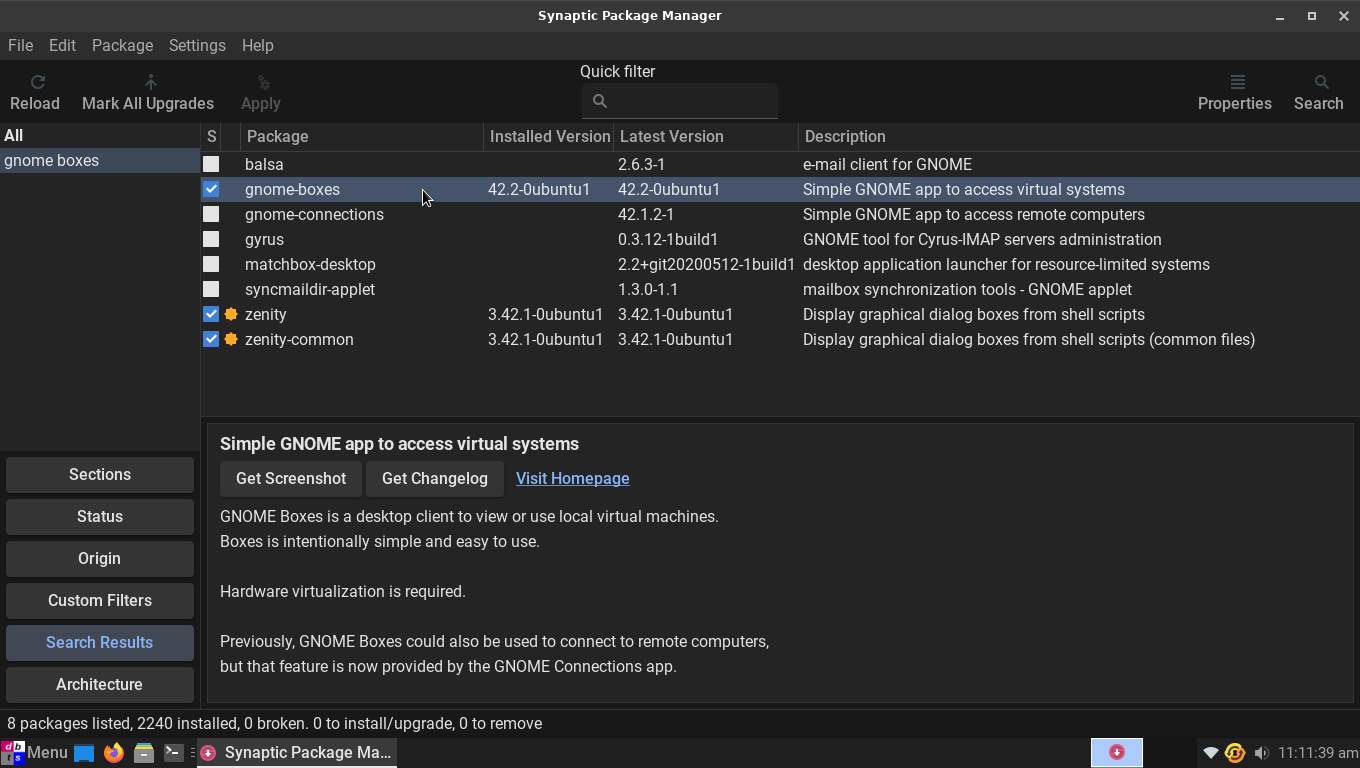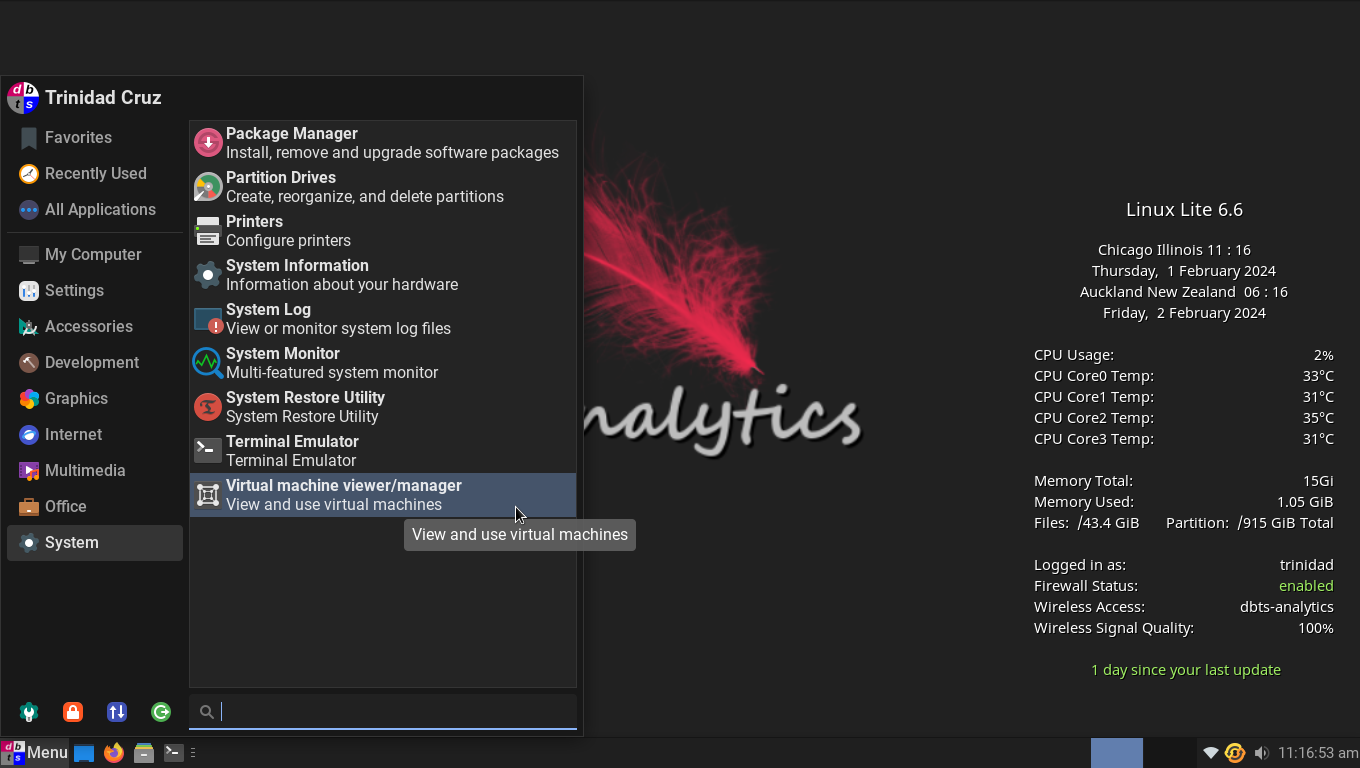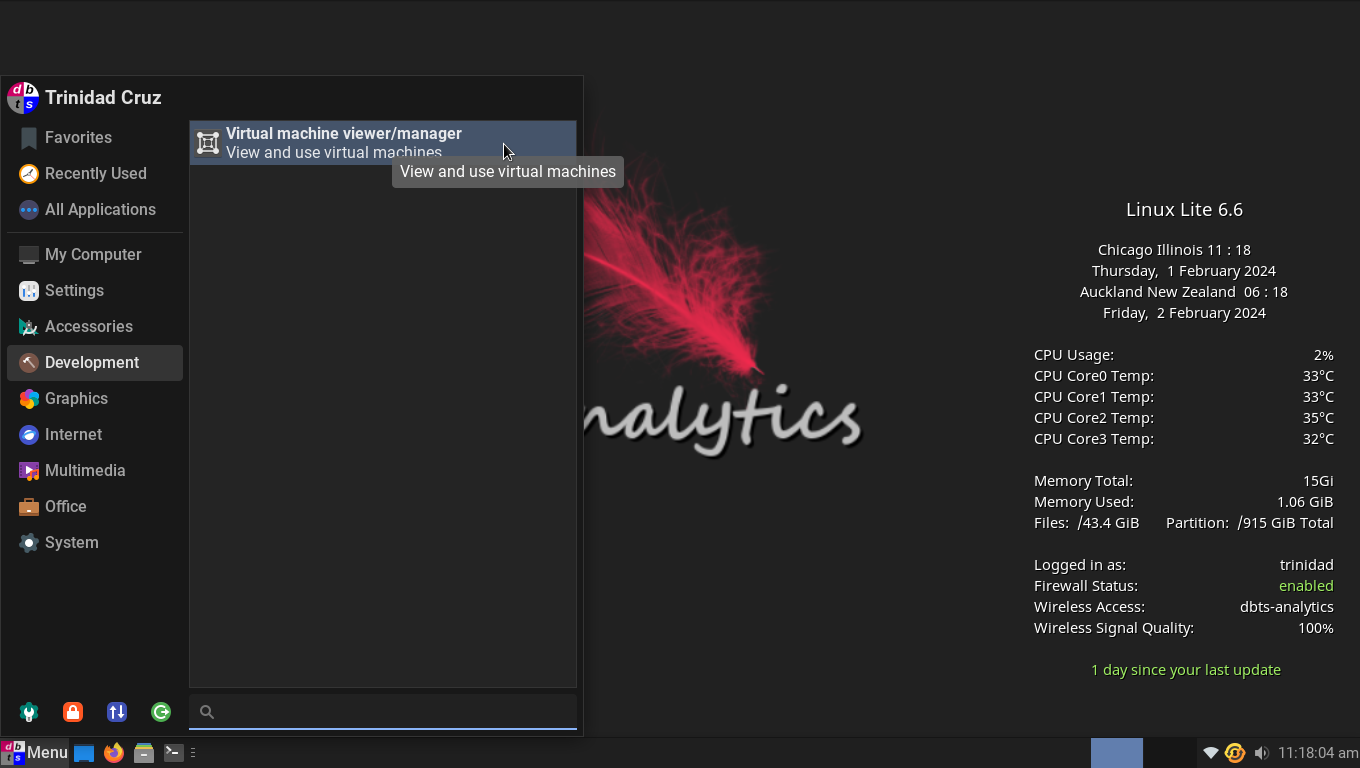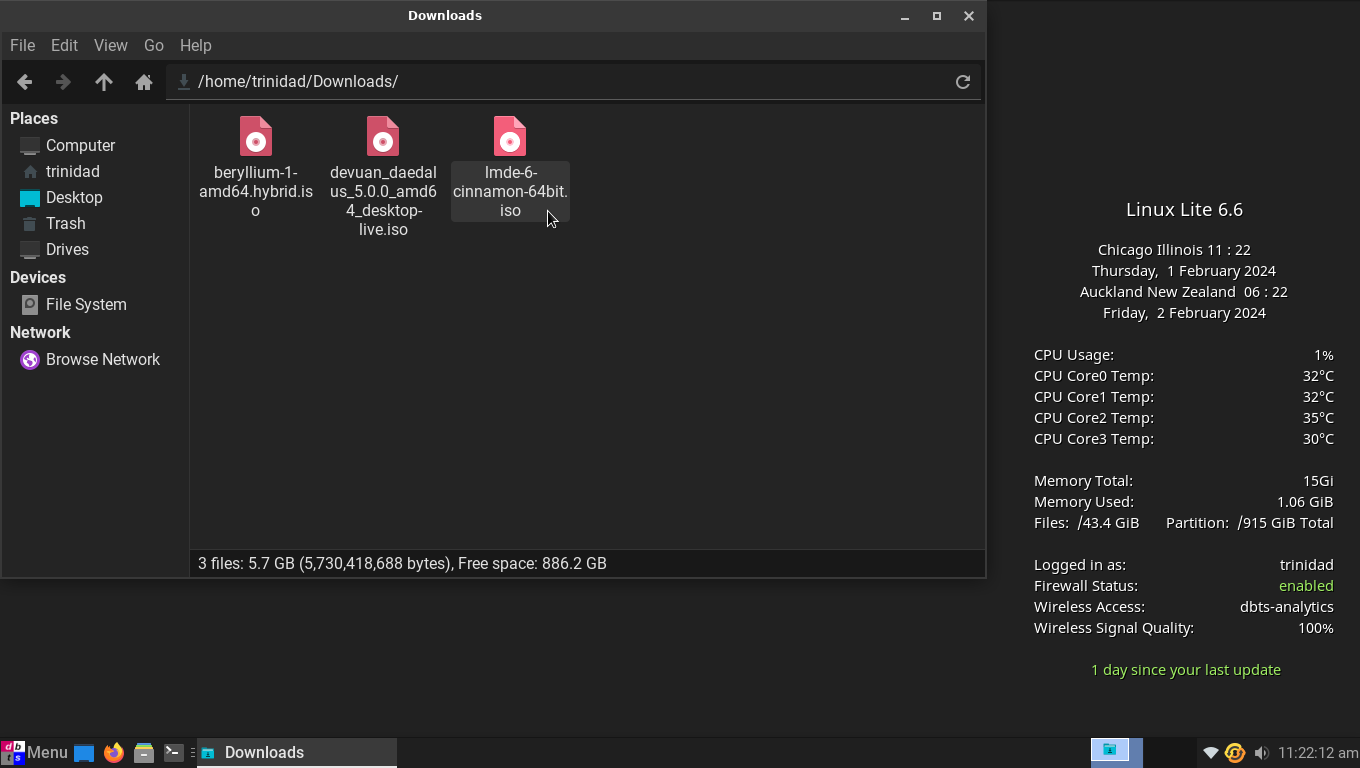

Using Gnome-Boxes In Linux Lite 6.x
I’ve been using the gnome-boxes application in Debian gnome since it first appeared. I’m happy to report that gnome-boxes now works in Linux Lite without any dependency problems. Part of this is because the developers moved the remote connection capabilities out of its main interface to gnome-connections instead. Not really a loss of functionality worth mentioning since most users nowadays opt for Remmina’s user friendly and quite tunable interface instead. In any case I have been running gnome-boxes in Linux Lite 6.6 for a month now with no problems at all. I currently run virtual instances of LMDE, Devuan, and Bunsen Labs all installed to gnome-boxes without a hitch from their downloaded ISOs.
Part 1: Basic Installation And File Locations
No virtualization solution is simpler and easier to use for new users than gnome-boxes. Locate and install it from synaptic package manager in Linux Lite. If you intend to run any modern Debian or Ubuntu based distribution in gnome-boxes it’s best to have at least 8G of RAM available on your host to allow for allotting at least 3 or preferably 4G for your virtual system (2G will likely not be enough), and enough disk space to allow for a 24G Qemu disk. Use synaptic package manger to install gnome-boxes in Linux Lite 6.x. Image below.

Once installed gnome-boxes will show up in two places on Linux Lite’s whisker menu: the System sub-menu, and the Development sub-menu. Images below.


Download the ISO file for the system you wish to install. You can just leave it in Downloads and install the system from there as gnome-boxes will save the new installed virtual system in a different default location. In the image below you can see the ISOs I downloaded prior to my installs.

You can see here that gnome-boxes stores its installed images in the default location /home/username/.local/share/gnome-boxes/images/ They are always stored as enumerated boxes-unknown because it makes the application’s backgrounded configuration files smaller and simpler to sync and technically adjust i/e only one main. Leave them the way they are unless you have some skill with Qemu and XML. You can name your installed systems in the gnome-boxes interface. Image below of my installed systems. The big one is LMDE and the small one is Devuan.

Below is my current gnome-boxes interface and you can see my currently installed system images.

Part 2: Getting Around In Gnome-Boxes